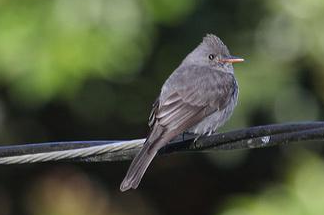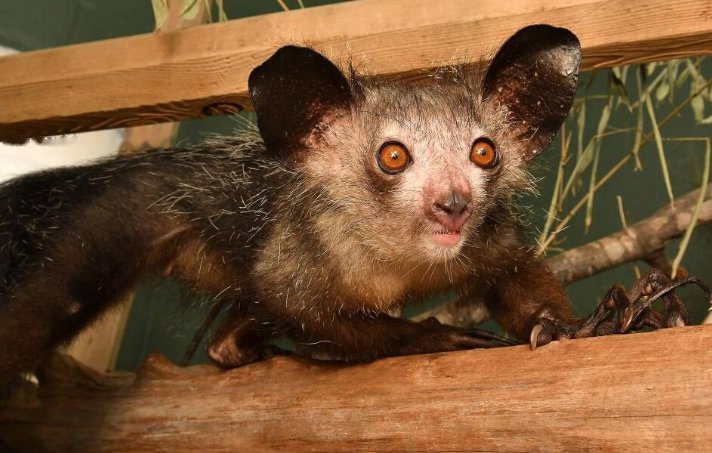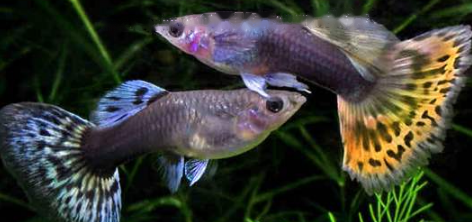Capuchin monkeys, also known as white-headed capuchins, white-faced capuchins, or white-throated capuchins, are small New World monkeys named for their tails that are the same length as their bodies, and the ends of their tails are rolled into a circle. It is mainly distributed in eastern Colombia, Venezuela, Guyana, eastern Peru, Brazil, Bolivia, Paraguay and other countries and regions.
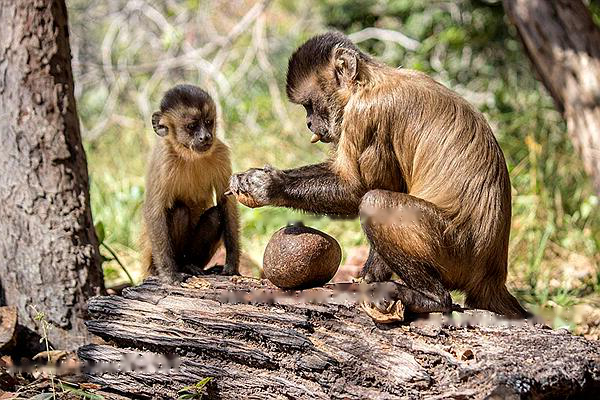
Now, let us briefly understand the capuchin monkey.
I. Basic information
[Chinese name]Capuchin monkey
[Latin name]Cebus capucinus
[Alias] white-headed capuchin, white-faced capuchin, white-throated capuchin
[kingdom] animal kingdom
[door] chordate
【Subphylum】Vertebrate Subphylum
【Class】
【Subclass】Zeuthera
【Order】Primate
[Suborder] Anthropomorphis
[Family] Capuchinidae
[Genus] Capuchin genus
[Species] Capuchin monkeys
2. Morphological characteristics
1. Body size: Adult capuchin monkeys have a body length of up to 43.5 cm and a longer tail, up to 55 cm. Weight 3.9 kg. Males are much larger than females. With a brain weight of 79 grams, the capuchin monkey is a very intelligent animal.
2. Features: Capuchin monkeys have mostly black body hair, white or yellow-white around the face, pink face and shoulders, and white throat. There is a V-shaped area at the top of the head. The tail is curled, so it is called the capuchin monkey.
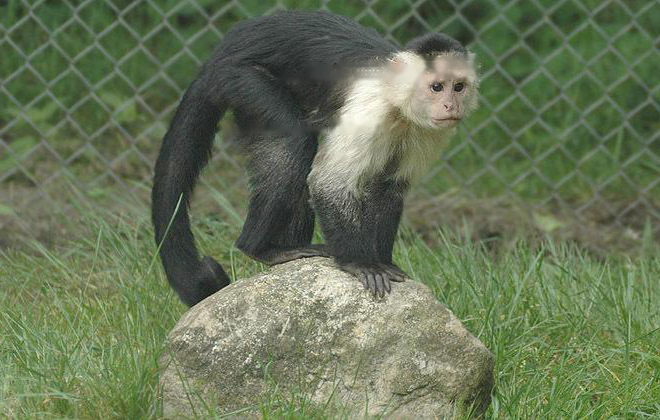
III. Living habits
1. Habitat: Capuchin monkeys like to live in moist forests, and the highest altitude of the distribution area is 2700 meters.
2. Diet: Capuchins mainly feed on plants, feeding on twigs and leaves, as well as wild fruits, insects and bird eggs.
3. Habits: Capuchin monkeys are arboreal animals and spend most of their time foraging. When encountering fruits that cannot be opened, the seed capuchins will gnaw off the fibrous outer skin of the seeds, and then Put the seeds out in the sun. When the outer shells of the seeds dry and become brittle, capuchins place them on boulders or tree trunks, lift heavy gravels to crack open the seeds and feast on them.
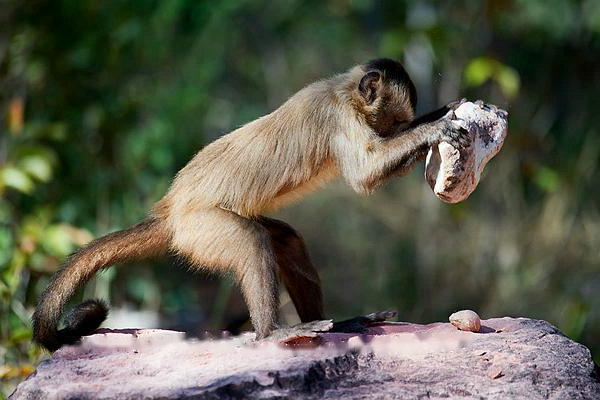
![[Original] Sharing of popular science knowledge of ringed map turtles](/static/img/11249/11249_1.jpg)




